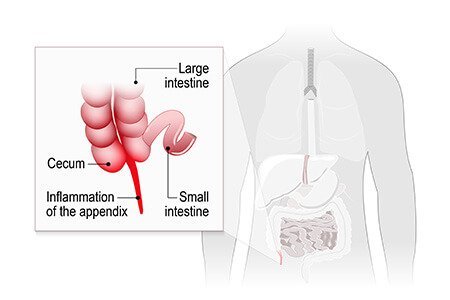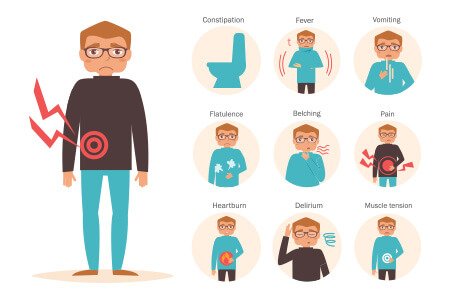Yashoda Hospitals > Diseases & Treatments > Gastroenterology > Appendicitis and appendectomy or appendicectomy
Appendicitis and appendectomy or appendicectomy
Types, causes, symptoms, complications, diagnosis and treatment
What is appendicitis?
Appendix is a finger-sized, thin sac or pouch structure, located at the lower end of the large intestine. It is present in the lower right area of the abdomen. While it does not play any potential role in adults, it may have an immune-function in young children. Inflammation of the appendix is known as appendicitis.

Appendicitis is often confused with epiploic appendagitis, (also known as appendicitis epiploica or epiplopericolitis), an inflammatory condition of the large intestine, as both these conditions cause a sudden pain in the abdomen.






 Appointment
Appointment WhatsApp
WhatsApp Call
Call More
More